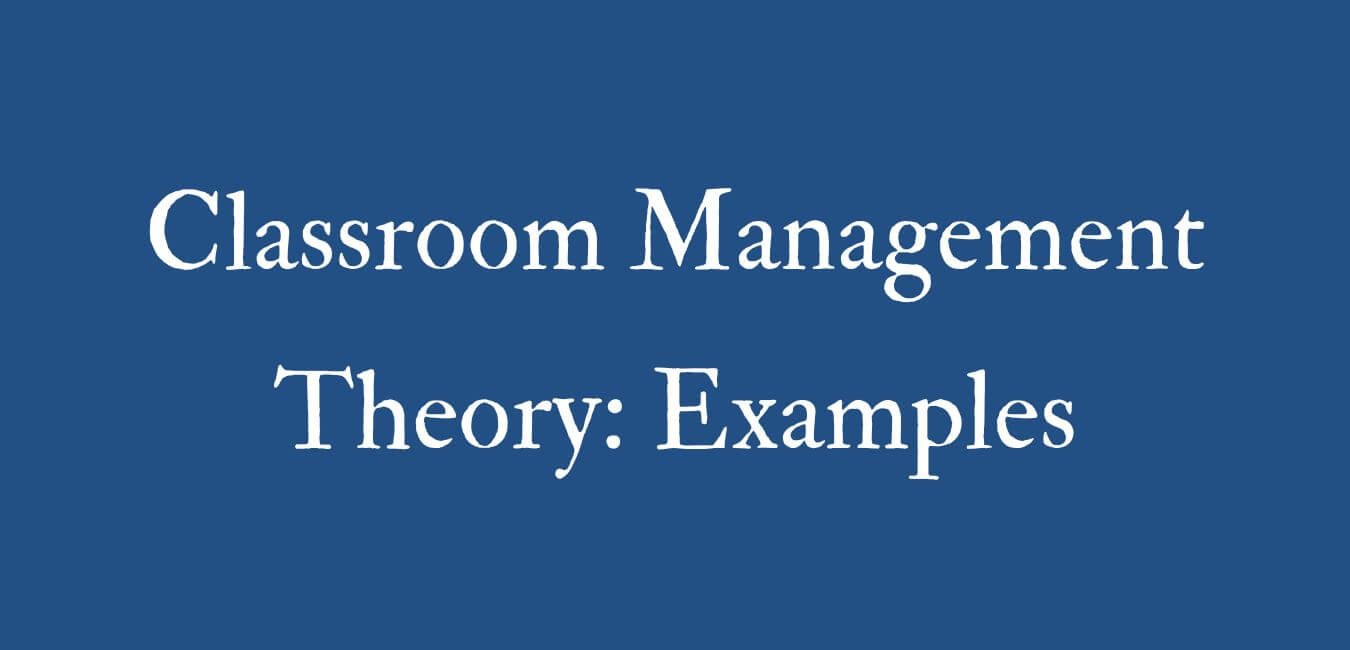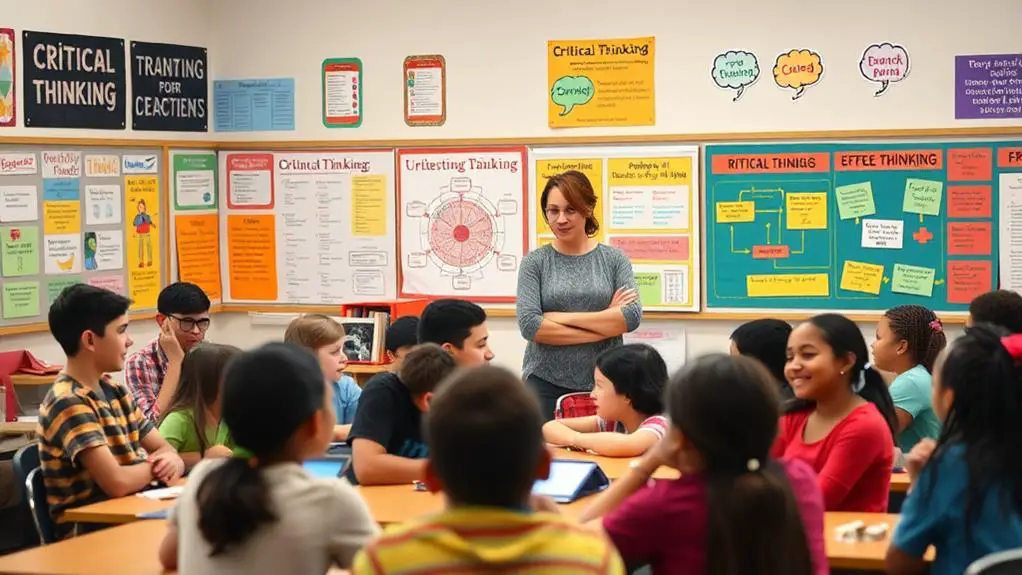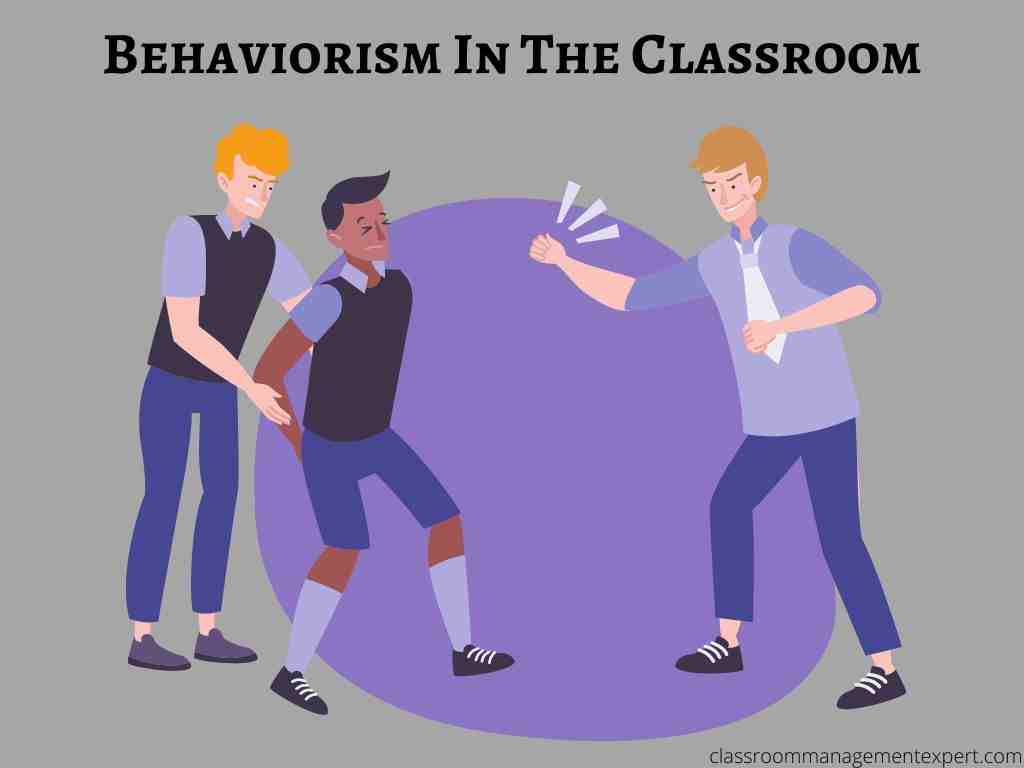Giving effective feedback is crucial for personal and professional growth. The approach you take can significantly influence how the message is received.
Creating a safe environment for discussion, being clear and specific in your points, and employing strategies such as the “sandwich” method can enhance the effectiveness of your feedback.
The delivery of your message is just as important as the content itself; it can either uplift or demoralize the recipient.
Each element of the feedback process plays a vital role in encouraging improvement and development. Understanding these components can lead to more productive conversations and better outcomes.
Understand the Purpose
Feedback plays a crucial role in personal and professional development. It serves as a tool for growth and connection rather than merely highlighting weaknesses. Understanding the purpose behind feedback can transform how it’s given and received, creating an environment where individuals feel appreciated and understood.
When offering feedback, the primary aim should be to promote improvement and cultivate a sense of community. Focusing on constructive aspects allows individuals to recognize their strengths and identify areas for enhancement without feeling attacked. This approach is essential for fostering strong relationships and building trust.
Effective communication hinges on the intention behind the message. When the purpose of feedback is clear, it becomes easier for the recipient to absorb the information positively. They should feel supported on their journey of growth, rather than isolated by criticism.
For instance, instead of saying, “You need to work on this,” you might say, “I noticed your effort in this area. With a little more focus, you can enhance your skills even further.” This way, the feedback is framed positively, promoting a collaborative atmosphere.
Create a Safe Environment
Creating a safe environment is essential for fostering healthy relationships and effective communication. It begins with building trust, where showing genuine care and respect encourages individuals to express themselves openly. This trust lays a solid foundation for honest feedback, which is crucial for personal and collective growth.
Establishing a safe space allows everyone to feel valued and heard. For instance, when team members feel respected, they’re more likely to share innovative ideas and constructive criticism, leading to improved collaboration and performance.
To achieve this, leaders can implement regular check-ins and create forums for open dialogue, ensuring that every voice is acknowledged. Building these connections not only enhances individual confidence but also strengthens the overall community, paving the way for continuous improvement and success.
Establish Trusting Relationships
Establishing trusting relationships is crucial for effective feedback and open communication. A safe environment encourages individuals to express their thoughts and feelings without fear of judgment. Building this trust requires consistent actions and genuine interactions. Engaging in team-building activities can help everyone feel valued and connected.
It’s important to prioritize maintaining these relationships. Regular check-ins and open conversations can strengthen connections and reassure team members of their support. Showing authentic concern for their well-being encourages them to share their opinions openly. This approach not only builds trust but also fosters a sense of belonging within the team.
As these relationships develop, embracing vulnerability is essential. Sharing personal challenges and successes allows others to see your true self, which promotes deeper connections and encourages reciprocal openness.
Creating a culture of trust enhances the process of giving and receiving feedback, making it a more positive and productive experience for everyone involved.
Encourage Open Communication
Effective communication is essential for a thriving team. It fosters trust, encourages collaboration, and enhances overall productivity. Creating an environment where team members feel safe and supported is key to promoting open dialogue.
To cultivate this atmosphere, focus on active listening. When you truly hear what your colleagues are saying, it demonstrates that you value their insights and contributions. This practice builds trust and paves the way for more honest discussions.
Constructive questioning is equally important. Rather than making hasty conclusions or assumptions, pose thoughtful questions that encourage deeper exploration of ideas. This not only clears up any confusion but also motivates team members to share their perspectives without hesitation.
Make it a point to create opportunities for everyone to voice their thoughts, ensuring that no one feels judged for their opinions.
Encouraging open communication ultimately leads to a more cohesive and effective team, where everyone feels empowered to contribute.
Be Specific and Clear
Effective feedback relies on clarity and specificity. Providing detailed examples allows the recipient to grasp your message clearly. Instead of making broad statements, articulate precisely what actions were commendable or where improvements are needed. This approach not only enhances the practicality of your feedback but also nurtures a positive atmosphere.
Here’s a concise reference for effective feedback:
| Feedback Type | Specific Example | Clear Language |
|---|---|---|
| Positive Feedback | “Great job on the presentation!” | “Your visuals were engaging and maintained the audience’s attention.” |
| Constructive Feedback | “Work on your time management.” | “You exceeded the time limit; practice to stay within 10 minutes next time.” |
| Neutral Feedback | “You need to improve.” | “Your report had unclear data points; consider clarifying them in the future.” |
| Overall Assessment | “You’ve got potential.” | “With consistent practice, you can excel in this area.” |
This guidance emphasizes the importance of delivering feedback that is both actionable and encouraging.
Use the “Sandwich” Method
The “Sandwich” method is an effective technique for delivering feedback. This strategy combines positive remarks with constructive criticism, fostering a balanced and supportive conversation.
Begin by acknowledging something the individual excelled at. This approach creates a positive atmosphere and helps them feel appreciated, which can strengthen interpersonal connections.
Next, introduce your constructive feedback in a gentle manner. Be specific about areas that need improvement, ensuring that the positive comments remain prominent.
Frame your critique to promote development rather than discourage. For instance, instead of saying, “This is wrong,” you could suggest, “You might enhance this section by…” This method encourages a more receptive attitude toward feedback and promotes a growth mindset.
Focus on Actionable Steps
Providing feedback effectively is crucial for promoting personal and professional growth. It involves pinpointing specific actions that require attention and offering practical suggestions for improvement. Constructive feedback encourages open communication, creating an environment where all parties feel comfortable engaging in discussions that facilitate learning and adaptation.
To achieve this, focus on observable behaviors rather than assumptions about intentions. For instance, instead of saying, “You need to be more proactive,” specify, “I noticed you hesitated to share your ideas during the meeting; next time, consider voicing your thoughts earlier.” This approach clarifies expectations and provides a clear path for improvement.
Furthermore, incorporating regular feedback sessions can enhance growth. Schedule brief check-ins to discuss progress, which fosters accountability and reinforces a culture of continuous improvement.
Using tools like feedback forms or digital platforms can streamline this process and make it easier to track development over time.
Identify Specific Behaviors
Providing feedback is most effective when it focuses on specific behaviors. Rather than making vague statements, highlight concrete examples that support your observations. This method clarifies expectations and helps build trust within your team.
When you notice a behavior, consider the situation and its effects. For example, if a team member often interrupts during discussions, reference that particular instance and explain its impact on group dynamics. This approach strengthens your feedback, enabling the recipient to recognize and contemplate their actions.
Using precise feedback techniques enhances communication. Instead of saying, “You need to listen more,” you might say, “I observed you interrupting Sarah while she was sharing her ideas. This can discourage others from contributing.” This addresses a specific action and promotes a collaborative environment.
Offer Constructive Suggestions
Constructive feedback is essential for fostering growth and improvement. It’s not solely about pointing out mistakes; it involves providing practical suggestions that help individuals enhance their skills. Offering clear guidance enables others to make meaningful progress. Here are some techniques to consider when giving feedback:
| Current Behavior | Suggested Improvement | Expected Outcome |
|---|---|---|
| Speaking too softly | Work on voice projection | Enhanced clarity in communication |
| Missing deadlines | Develop a detailed schedule with specific deadlines | Better time management skills |
| Lack of detail in reports | Incorporate relevant data and examples | Increased clarity and comprehension |
Focusing on strategies for improvement creates a supportive atmosphere. Rather than merely highlighting deficiencies, frame your suggestions in a positive light. For example, instead of stating, “You need to improve your writing,” you could say, “Consider using bullet points to enhance readability.” This approach builds confidence and encourages teamwork.
Effective feedback not only identifies areas for growth but also empowers individuals to take actionable steps toward improvement.
Encourage Open Dialogue
Open dialogue is essential for fostering collaboration and growth within any group. To cultivate this environment, it’s important to practice active listening. When someone shares their thoughts, focus entirely on them. Show engagement through nodding, maintaining eye contact, and asking questions for clarification. This approach not only conveys respect but also encourages others to share their opinions in a safe space.
Encouraging feedback is another key aspect. Asking open-ended questions such as, “What are your thoughts on this approach?” invites diverse perspectives. Clearly communicate that every opinion is valued, and remain receptive to different viewpoints.
Creating regular opportunities for discussion is vital. Organizing check-ins or informal gatherings allows team members to express their ideas openly. These interactions can enhance relationships and build trust within the group.
Setting an example is crucial as well. Show how to engage in constructive discussions and navigate disagreements with respect.
Cultivating an atmosphere of open dialogue promotes a sense of belonging and motivates everyone to participate actively. Your dedication to fostering this practice can inspire others to engage in similar behaviors.
Encourage Self-Reflection
Self-reflection is a powerful tool for personal and professional growth. It enhances the effectiveness of feedback, allowing individuals to take charge of their learning journey. Incorporating self-assessment techniques into the feedback process encourages individuals to evaluate their performance based on specific criteria. This helps them pinpoint areas needing improvement.
To facilitate self-reflection, use open-ended questions that prompt deeper thinking. Questions like “What lessons did this experience teach you?” or “What alternative strategies could you consider for next time?” not only encourage thoughtful analysis but also demonstrate that you value their perspectives.
When individuals take time to reflect on their actions, they’re more likely to absorb and apply feedback in future situations. This practice nurtures a culture of ongoing improvement where everyone feels valued and engaged in their growth.
Ultimately, fostering self-reflection equips individuals with the insights necessary for continuous development and success.
Provide Timely Feedback
Timely feedback is crucial for enhancing performance and facilitating growth. When feedback is provided shortly after an event or task, it strengthens the link between actions and responses. This immediacy not only reinforces positive behaviors but also allows for the correction of mistakes before they become ingrained habits.
Regularly sharing feedback fosters a culture of support and recognition. When individuals receive prompt feedback, they feel valued and understood, which encourages continuous improvement. It’s important to maintain a consistent feedback rhythm, transforming it into an ongoing conversation rather than a rare occurrence.
Delayed feedback can lead to confusion, as individuals may struggle to understand what adjustments are necessary. To avoid this, aim for a systematic approach that emphasizes the importance of immediate responses.
For example, in a workplace setting, a manager who provides feedback on a project right after its completion helps team members clearly identify areas for improvement and celebrate successes, leading to enhanced performance overall.
Follow Up and Support
Effective follow-up and support are crucial elements of the feedback process. After providing feedback, it’s vital to maintain regular communication with the individual involved. This continuous mentorship helps create a sense of belonging and promotes personal growth. It’s important for them to feel supported as they apply your suggestions, so make your availability clear.
Establishing feedback loops is important. These loops facilitate open conversations, enabling them to discuss their progress and any difficulties they encounter. Engaging in these discussions fosters a culture of trust and collaboration. The focus shouldn’t only be on delivering feedback but also on nurturing relationships that contribute to collective success.
Take initiative in your follow-up efforts. Arrange consistent check-ins to talk about their development and acknowledge their achievements. This ongoing support enhances their confidence and strengthens your bond. When individuals feel acknowledged, they’re more inclined to accept feedback and strive for improvement.
Reflect on Feedback Effectiveness
Effective feedback is essential for personal and professional growth. It not only guides improvement but also enhances the relationship between the giver and receiver. Evaluating how your feedback is received can strengthen this connection and ensure that the individual feels valued and understood.
Here are four important areas to consider:
- Check Feedback Perception: Engage the individual in a discussion about how they view your feedback. Are they seeing it as helpful or overly critical? Gaining insight into their perspective can help clear up any misunderstandings.
- Assess Emotional Impact: Observe their emotional reactions to your feedback. Are they inspired and eager to improve, or do they appear disheartened? Recognizing their feelings is crucial for tailoring your future interactions to be more effective.
- Solicit Their Input: Invite the individual to express their views on your feedback methods. This encourages open communication and allows you to adjust your approach to better meet their needs.
- Monitor Progress Together: Regularly revisit the feedback and evaluate any progress made. This practice not only reinforces your role as a supporter but also demonstrates your commitment to their development.
Conclusion
Effective feedback is crucial in fostering growth and improvement in communication. It serves as a guiding light, helping individuals and teams develop their skills and strengthen their relationships. When feedback is delivered thoughtfully, it creates a safe environment for sharing ideas and encourages reflection, ultimately leading to enhanced confidence and innovation. By combining supportive remarks with constructive criticism, each interaction can become a valuable opportunity for progress, paving the way for success for both the giver and the receiver of the feedback.
















Leave a Reply